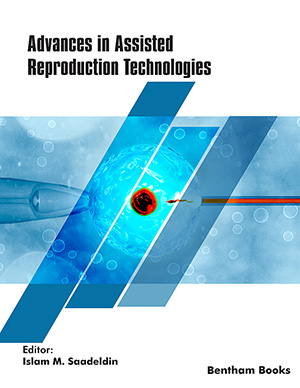Abstract
Background: Forkhead box protein 3 (Foxp3) is a transcription factor expressed by regulatory T (Treg) cells in the immune system. Detection of Foxp3 gene expression is an indispensable tool for the diagnosis of autoimmune disorders. Here we report the application of a polyacrylamide hydrogel sensor for the detection of Foxp3 gene via DNA hybridization.
Methods: Polyacrylamide based hydrogels were generated using acrydite-Foxp3 DNA probes via covalent attachment during gel polymerization. The presence of the target Foxp3 gene allows for the formation of a bridge like structure via DNA hybridization. The bridge like structure is formed via hybridization of the target DNA, fluorescent-labeled Foxp3 DNA probe and the hydrogel anchor DNA. A wash step allows efficient removal of any unbound DNA. Analysis was done via fluorescence intensity of the dye.
Results: The proposed sensor was able to detect the presence of the target DNA with a detection limit of 50nM. Image capture using a handphone camera allows for simple data collection and reporting. The images were analyzed using Adobe Photoshop CS2 software. The comparison of the data obtained from standard laboratory fluorescence spectrophotometer showed good correlation with the data obtained using the Adobe Photoshop CS2 software.
Conclusion: Our proposed hydrogel for Foxp3 gene detection is inexpensive and can be molded into any desired shape or size for easy handling. The proposed hydrogel based sensor is an interesting alternative for nucleic acid diagnostic applications.
Keywords: DNA hybridization, DNA sensor, hydrogel, Foxp3, point-of-care, polyacrylamide, FAM, acrydite




























